Is it oats or oatmeal in that recipe? Are they using rolled oats, quick oats or steel-cut oats? These terms may all run together and yet they are all just a few steps away from the oats that we may see in fields in the Northern US or Europe.

Oats may be the most popular and familiar whole breakfast grain in our country, and comes in many forms and shapes resulting in differences in taste, texture, applicability, cooking time, etc., but the nutritional value is roughly the same for all. High in fiber, vitamins, antioxidants and minerals and another great asset of oats and their derivatives is that they are gluten-free.
The difference between the various types of oats can be found in their effects on blood sugar. The least processed oats, like groats or steel-cut, generally take longer to digest so they have a lower glycemic index (GI) than rolled or instant oats. The glycemic index is a way to measure how much a carbohydrate containing food increases your blood sugar levels.
By the way, this effect on glycemic index applies to all whole grains, the least processed the better, as that improves your blood sugar levels.
What is oatmeal?
Let’s start with the word Oatmeal – a confusing word. We all use it when we refer to a breakfast mixture of e.g. milk, yogurt with some kind of oat product, or when we talk about oatmeal cookies. The reality is, in most instances, that oatmeal breakfast is made with steel-cut oats, rolled oats, Scottish oats or quick/instant oats. And in a cookie recipe we often find rolled oats or oat flour. So where does the widely used word oatmeal come from? If I were to guess, I think it similar to brand names that have become synonymous with the products for which they are known. Oats (steel-cut, rolled etc) became known for the breakfast oatmeal and thus oatmeal became synonymous for oats. I’ve learned that that’s called genericization; a brand name becomes a generic name.
So, does oatmeal exist? Yes it does, it is a coarse version of oat flour. Similar to the difference between corn flour and cornmeal. Same thing, just different coarseness.
Let’s break down the oat, through the diagram below:
Let’s break down the oat, through the diagram below with explanations further down:
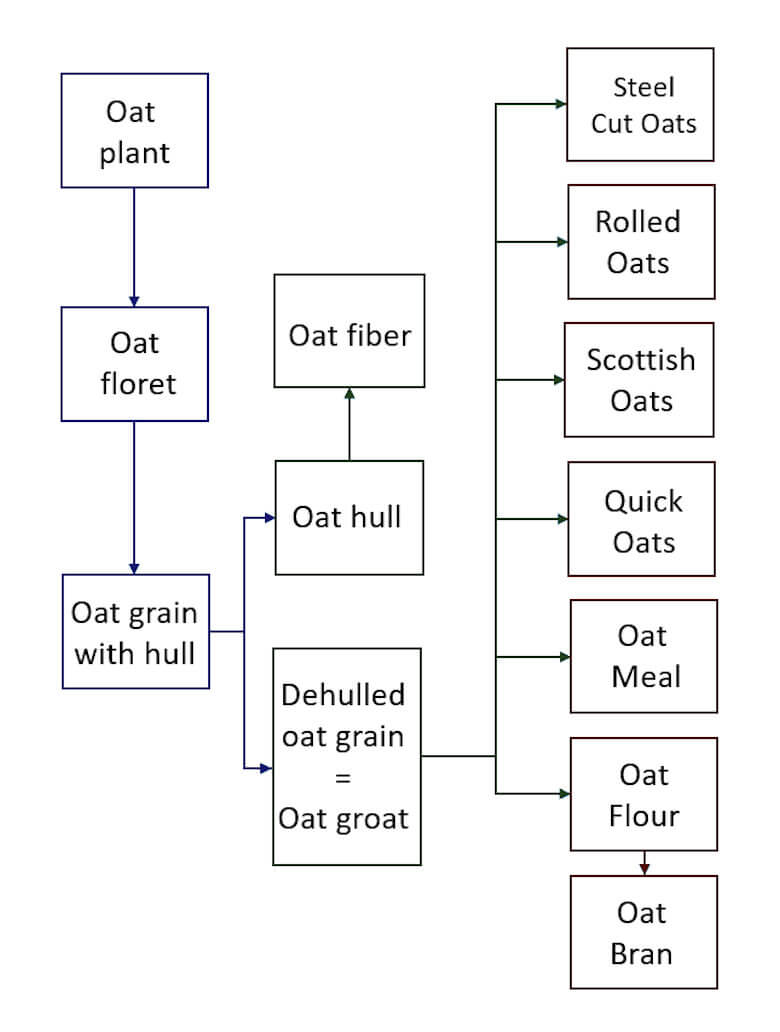
Oat plant
Oat, also called common oat, is a grain, formally named Avena sativa, from the Poaceae family (cereal grain). It grows in the cool temperature regions, like northern USA, and Europe. The oat plant becomes about 4 feet high, has numerous branches that bear oat florets that produce the ‘fruit’ called oat grain.
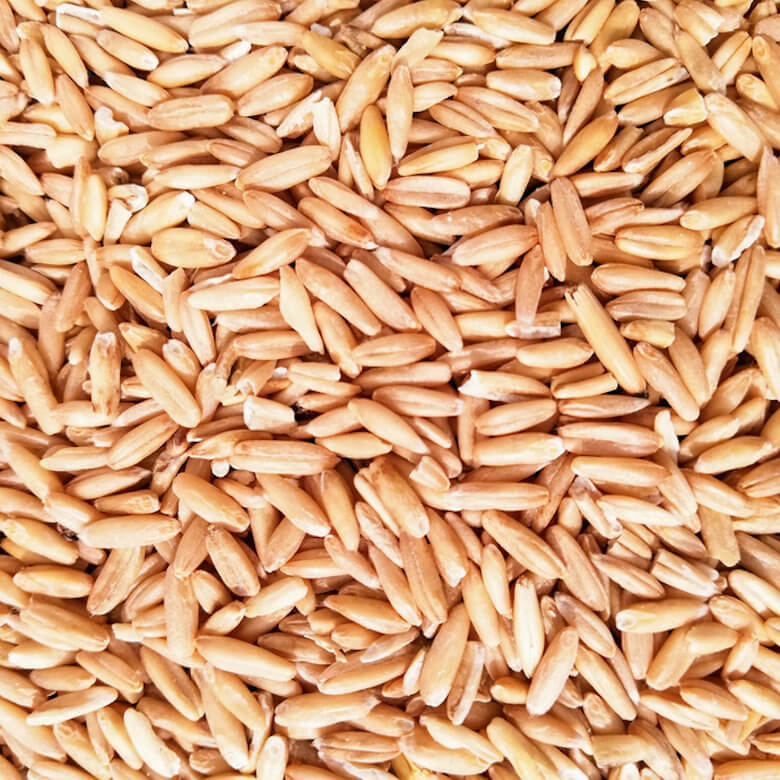
Oat groat
An oat grain without the hull. The oat groat is the whole, unprocessed form of the oat grain. Oat groats can be used as an alternative to rice, farro, barley etc., and you can also use them as the basis of your breakfast. Since this is a whole grain, it takes a little longer to cook than the traditional oat types. Oat groats will take up to 30-45 minutes.
When grinding the hull of the oat, you’ll get oat fiber. This is often used as a fiber supplement.
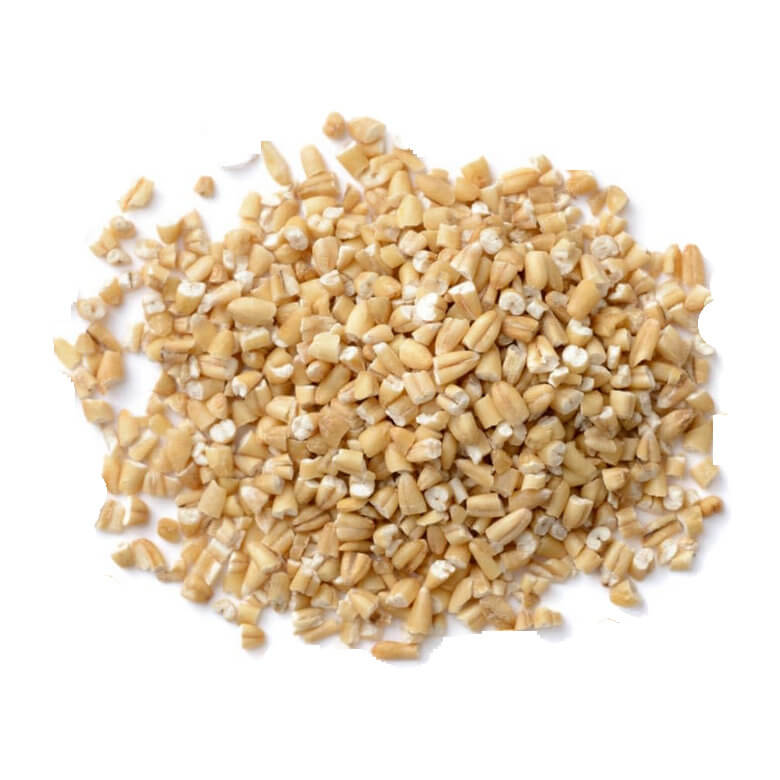
Steel-cut oats or Irish oats or pinhead oats. These are the closest to oat groats and the name tells you what it is. Steel-cut oats are oats that are cut by a steel blade in a couple of pieces. They have a slightly shorter cooking time, about 20-25 minutes.
Recipes: Apple Cherry Steel-Cut Oatmeal, Savory Steel-cut Oats and Overnight Oats & Grits Breakfast Porridge.
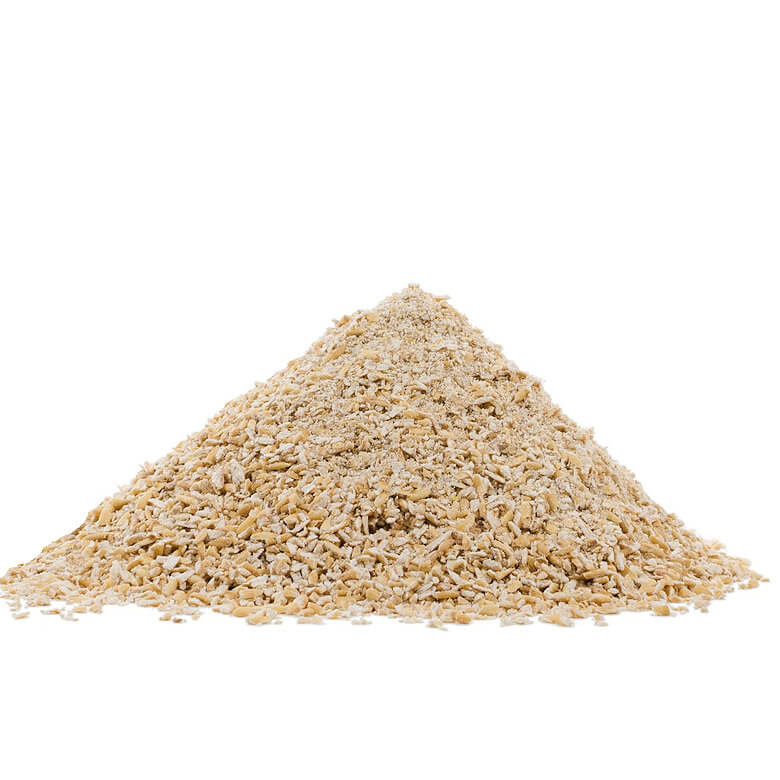
Scottish oats
Groats that are stone-ground, rather than cut with a steel blade, giving a coarse meal of irregularly broken bits are called Scottish oats. This method originated in Scotland centuries ago. Cooks 15-20 mins on the stove-top. Creamier than steel cut oats.
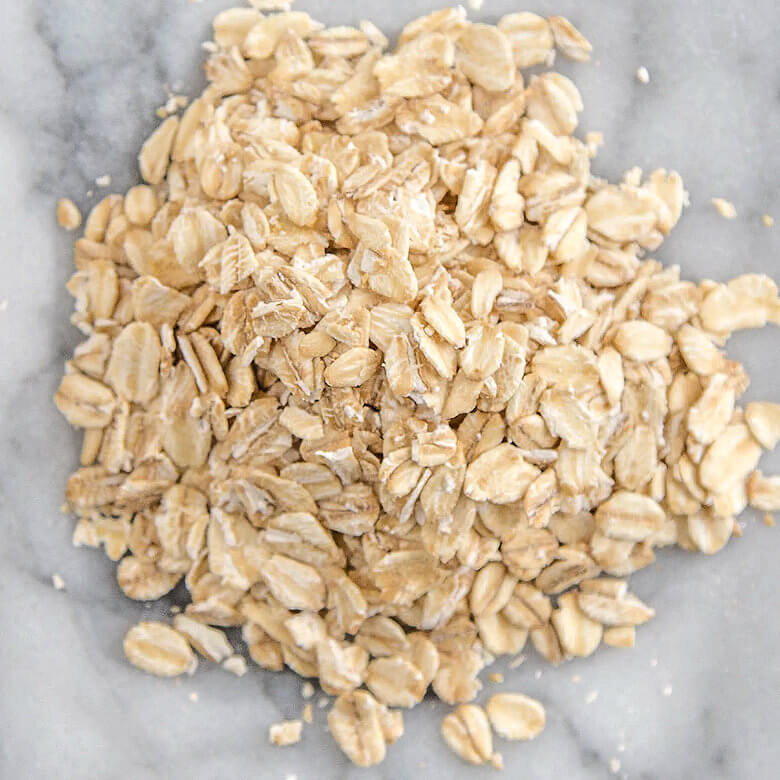
Rolled oats, old-fashioned or regular oats
Oat groats are steamed, then rolled flat. Thickness may vary per brand; the thicker rolled oat, the chewier.
They have a milder flavor and softer texture and take much less time to make than steel-cut oats, as they have already been partially cooked.
Recipes: Brown Butter Oatmeal Cookies and Oatmeal Chocolate Chip Cookies.
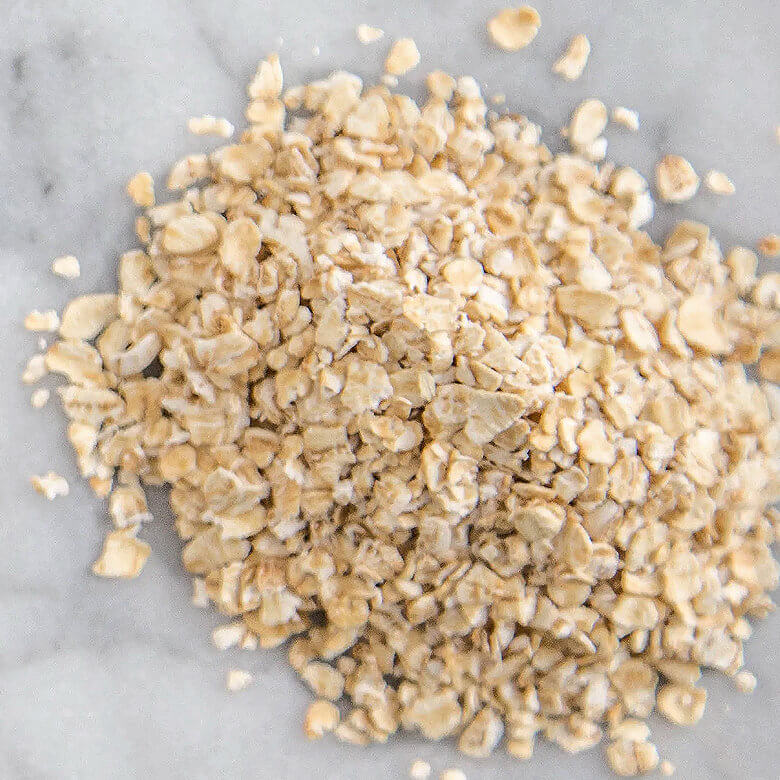
Quick oats
Quick oats or quick-cooking oats are rolled oats that go through further processing to decrease cooking time. They are steamed and rolled thinner than rolled oats. Sometimes they are chopped into smaller pieces as well.
Recipes: Brown Butter Oatmeal Cookies
When quick oats are also pre-cooked we have Instant oats. The cooking time is even shorter than quick oats, the flavor milder and the texture soft and mushy.
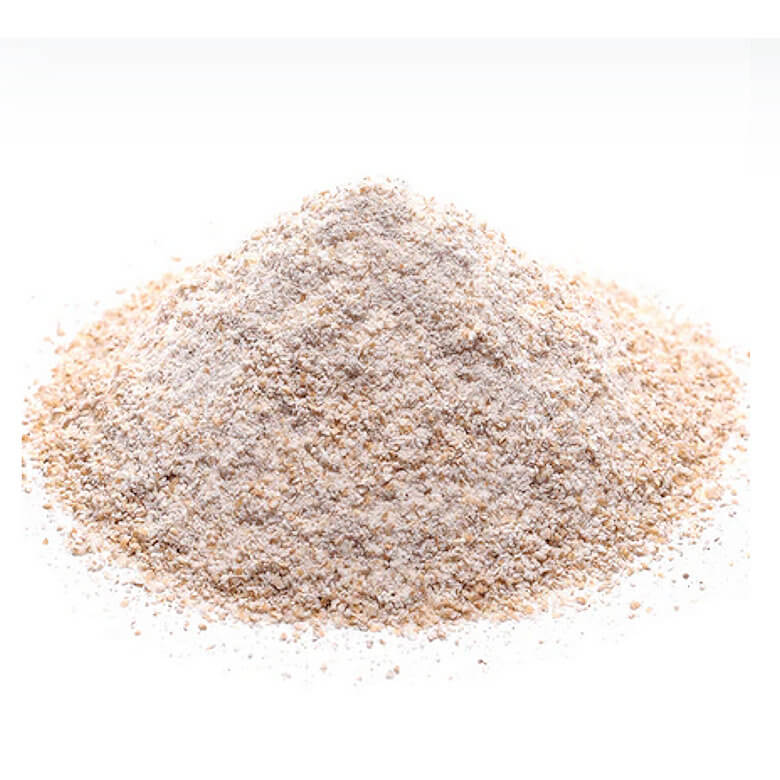
Oatmeal and oat flour
These two, meal and flour, are variations of ground rolled oats; the meal being coarser than the flour. They’re mostly used in baked goods, but can also be used to thicken recipes (although not as effective as corn starch or all-purpose flour).
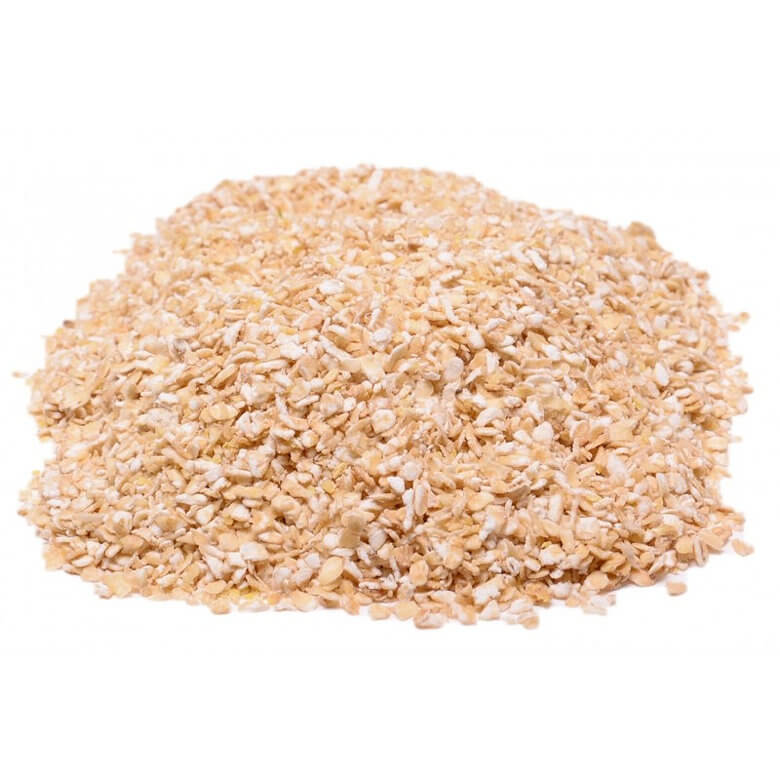
Oat bran
Oat bran is naturally found in all oat varieties mentioned above, except for oat fiber. Oat bran is the edible outer layer of the oat groat and is used to add fiber to a dish.
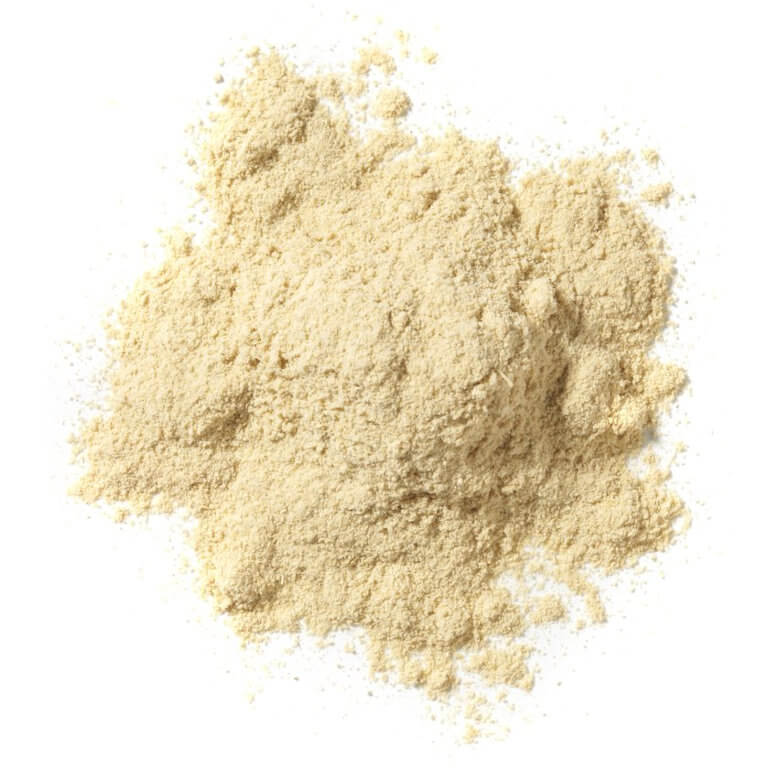
Oat fiber
This is a powder form of the hull of the oat grain. it is used, like oat bran to add fiber to a dish. It contains no carbohydrates and no calories. It is used in keto cooking, as it retains moisture and thus may improve the texture and crumb of breads.
Hope you digested all of this.
Oats are a healthy ingredient that may serve us all; high nutritional value, gluten free and it fills us up. Happy cooking!

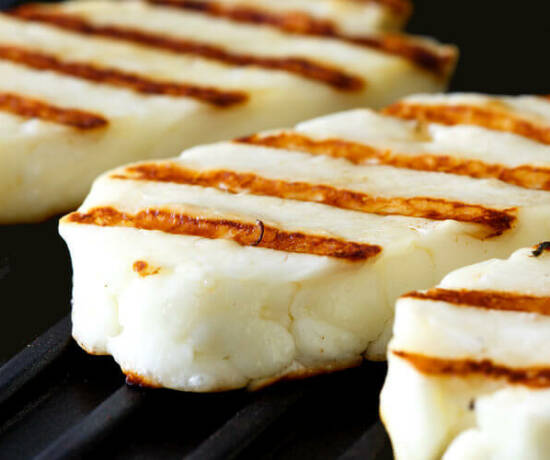
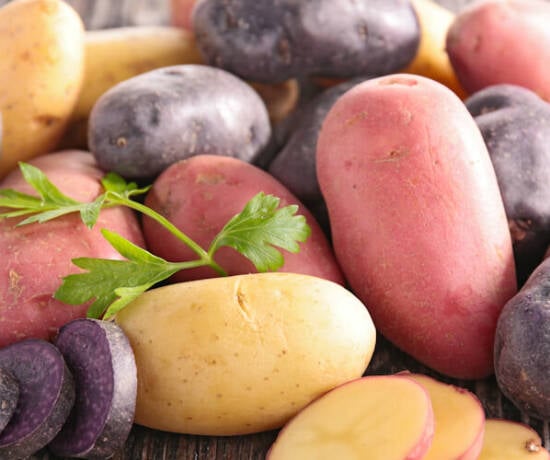
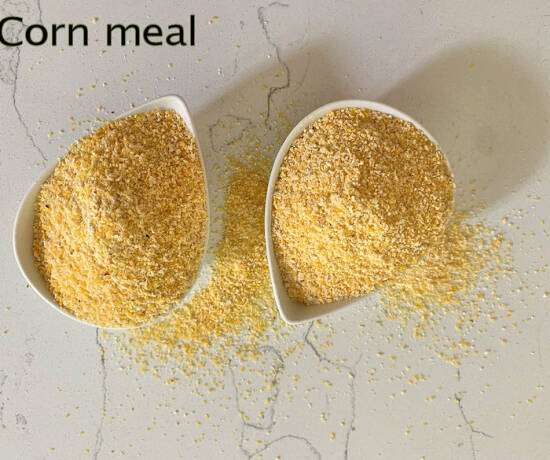
3 Comments
Laney
July 24, 2024 at 11:41 pmAwesome article, well written! Thank you!
Laney
July 24, 2024 at 11:43 pmForgot to ask – would oat flour made from steel cut oats result in a different textured cookie than flour made from rolled oats? Thank you for your expertise!
Marinka
July 25, 2024 at 11:03 amHello Laney;
Oat flour made from rolled oats or steel-cut oats would result in a similar flour. When you bake cookies from that oat flour it would influence the color (a little darker) and flavor (a little sweeter), but the texture would be like a cookie baked with all-purpose flour (provided you have the same coarseness of flour), may be just a tiny bit chewier. That difference may be more related to the fact that oat flour absorbs liquid more readily than all-purpose flour, so you may need to make an adjustment in the amount of liquid you use in your cookie recipe.
When you bake something that needs to be fluffy or rise a little, you need to look at the amount of baking powder, as oats are naturally gluten free.
Unfortunately, I cannot give you exact numbers as that depends on your recipe. Hope you can work it out.